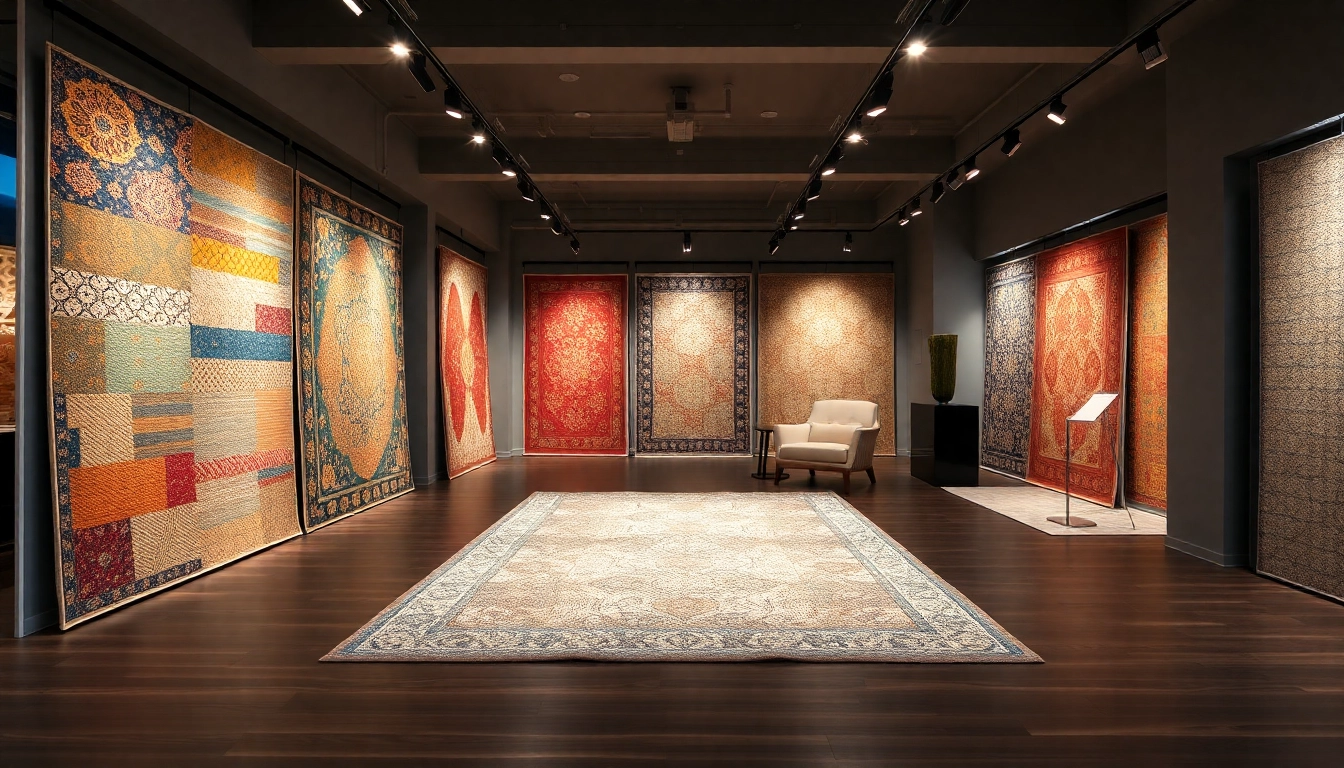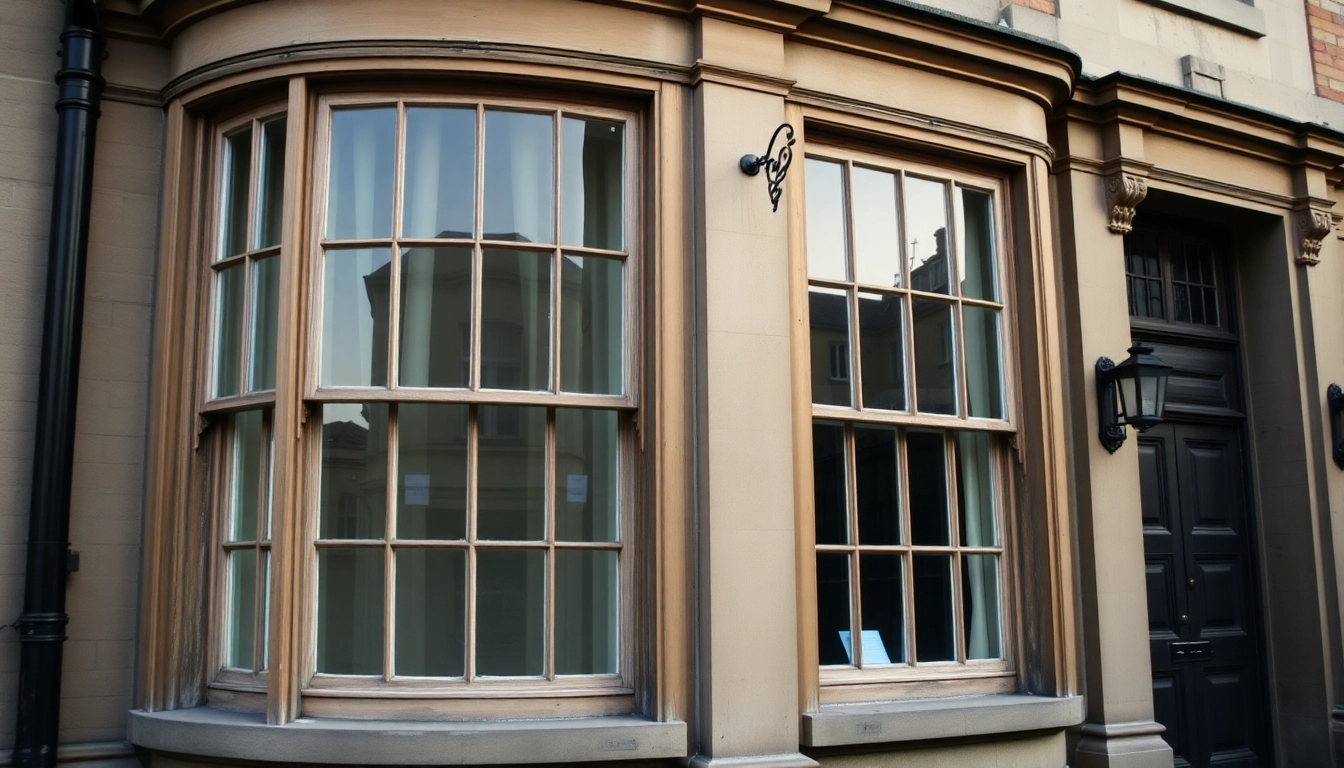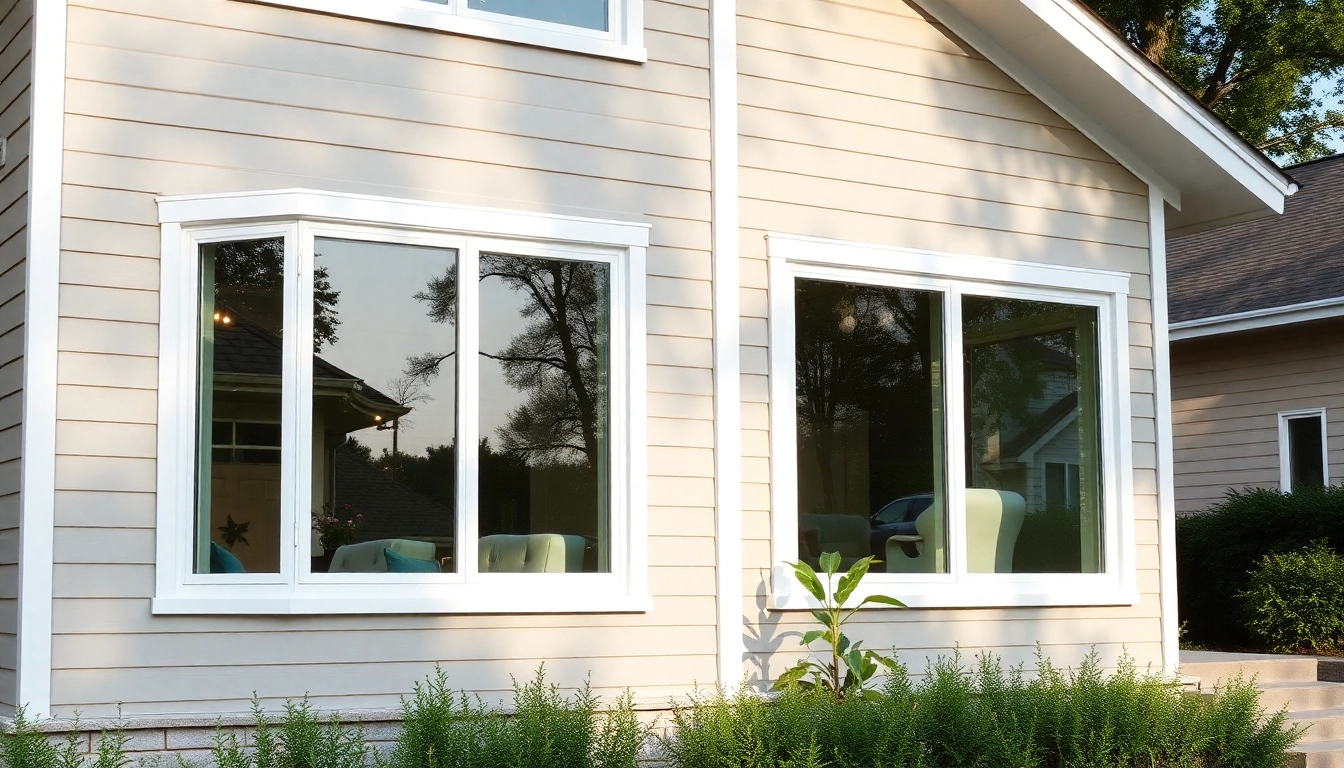Understanding the Range of Tappeti a Milano
Milano has long been recognized as a hub of design, craftsmanship, and aesthetic innovation, making it a prime location for discovering an extensive range of Tappeti a Milano. From modern minimalistic pieces to luxurious traditional Persian carpets, the variety available in Milan caters to diverse tastes and interior styles. This city’s rich history in art and design influences the local market, where antique and contemporary tappeti coexist, offering homeowners and decorators countless options for elevating their spaces.
Modern vs. Traditional Tappeti
In Milan, the distinction between modern and traditional tappeti is marked by design, materials, and craftsmanship. Modern tappeti often feature geometric patterns, abstract art influences, and vibrant color palettes, aligning well with contemporary decor trends. These pieces tend to use innovative weaving techniques and synthetic or blended materials for durability and ease of maintenance.
Conversely, traditional tappeti, such as Persian, Turkish, or Caucasian pieces, showcase intricate craftsmanship, rich historical motifs, and a sense of timeless elegance. Handwoven with natural fibers like wool or silk, these carpets embody centuries-old artisanal techniques, making them prized collectibles and statement pieces in upscale interiors. In Milan, the market’s diversity ensures that both style categories are well represented, allowing buyers to choose items that fit either a modern or classic aesthetic seamlessly.
Popular Materials and Weaving Techniques
The choice of materials and weaving techniques significantly influences the look, feel, and longevity of a tappeto. Wool remains the most popular material due to its softness, resilience, and natural stain resistance. Silk carpets, though more delicate, add a luxurious sheen and intricate detailing, often used in high-end or artistic pieces.
Modern tapeti often incorporate synthetic fibers like nylon, polyester, or polypropylene, which enhance durability and cost-effectiveness. Traditional hand-knotted carpets are crafted using knotting techniques such as Persain (Senneh), Turkish (Ghiordes), or Gabbeh weaves, creating dense, plush textures and detailed patterns. Flatweave kilims, made by loom weaving without knots, are also prevalent, offering lighter, versatile options suitable for casual or contemporary spaces.
Design Trends in Milan’s Tappeti Market
Current trends in Milan’s tappeti market reflect a blend of global influences and local tastes. Minimalist geometric patterns, inspired by Scandinavian and modern art movements, dominate new collections, emphasizing simplicity and elegance. Eco-conscious designs using sustainable materials are gaining popularity, aligning with Milan’s forward-thinking attitude toward sustainability.
Moreover, vintage and distressed styles are highly sought after, providing a sense of history and imperfection that adds character to interiors. Bold, colorful kilims and tribal designs are also in vogue, often used as statement pieces or to create focal points in neutral rooms. The Milanese interior scene embraces versatility, balancing tradition with innovation, which is vividly reflected in its tappeti offerings.
Choosing the Perfect Tappeti a Milano for Your Space
Assessing Size, Color, and Pattern
Successfully choosing a tappeto requires careful assessment of your space’s dimensions and aesthetic. Measure your room to determine the appropriate size—large carpets can anchor a spacious living room, while smaller rugs are ideal for accenting cozy corners or beneath dining tables.
Color coordination is crucial; select hues that complement existing furniture, wall colors, and decor themes. For instance, neutral tones such as beige or gray offer versatility, while vibrant reds or blues can serve as focal points. Pattern selection should align with the overall design language: geometric or abstract patterns suit modern interiors, whereas floral or intricate motifs resonate with classical or eclectic styles.
Matching Tappeti to Your Interior Style
Integrating a tappeto into your home decor involves understanding your interior style. Minimalist and Scandinavian interiors benefit from simple, monochromatic carpets with subtle textures, adding warmth without clutter. For vintage or bohemian interiors, the emphasis is on layered, eclectic rugs with rich patterns and vivid colors that convey personality.
Luxury or traditional European decors often incorporate hand-knotted persian carpets, emphasizing craftsmanship and heritage. In Milan, where design innovation thrives, mixing styles—such as pairing a modern sofa with a vintage kilim—can create a balanced and personalized aesthetic.
Budget Considerations and Value
Pricing for tappeti varies greatly based on factors like size, materials, craftsmanship, age, and rarity. High-quality, hand-knotted Persian carpets can be a significant investment, but their durability and timeless appeal justify the cost. Conversely, modern synthetic rugs are more budget-friendly, suitable for temporary or high-traffic areas.
In Milan, many reputable showrooms and outlets offer competitive prices and discounts, especially during sales. Investing in a good-quality tappeto adds value to your home, not only through aesthetics but also as an artifact that can appreciate in worth over time. Prioritizing authenticity and craftsmanship ensures long-lasting beauty and performance.
Where to Buy Quality Tappeti a Milano
Top Retailers and Showrooms in Milan
Milan boasts a wealth of specialized stores and showrooms dedicated to tappeti, ranging from high-end boutiques to artisan markets. Notably, Artorient Milano offers an extensive selection of modern, classic, and vintage carpets, featuring expert guidance and tailored services. Their showroom displays a curated variety of styles, from Persian to contemporary geometric pieces.
Other renowned names include Cohen Tappeti, with decades of experience in traditional and artisanal carpets, and Zaltappeti, known for their diverse assortment of handmade, vintage, and modern tappeti. Additionally, outlets like Outlettappeti.com provide both physical and online buying options, often with attractive discounts and extensive inventories.
Online Stores with Authentic Tappeti
Shopping online in Milan offers convenience and access to a broader range of options. Platforms such as Tappeti.it and Ghodratirug.com specialize in authentic handwoven carpets, offering detailed descriptions, high-resolution images, and certification of authenticity. They often provide customization services, facilitating tailored sizes or designs for specific interiors.
Custom and Handmade Options
For a truly unique piece, Milan’s artisan community and specialized workshops offer custom-made tappeti. These artisans work closely with clients to produce bespoke carpets that match exact dimensions, patterns, and materials, ensuring the tapestry complements your space perfectly. Hand-knotted and handwoven carpets not only elevate aesthetic appeal but also carry cultural and artisanal significance, making them a valuable investment.
Care, Maintenance, and Restoration of Tappeti
Cleaning Tips for Longevity
Proper care extends the lifespan and maintains the beauty of your tappeto. Regular vacuuming, preferably with a gentle or suction-only setting, removes dust and prevents dirt from settling into the fibers. Spills should be blotted immediately with a clean, dry cloth, avoiding rubbing to prevent fiber damage or color bleeding.
Periodic professional cleaning is recommended, especially for antique or delicate carpets. In Milan, many specialized services use techniques such as dry cleaning or gentle washing with water and eco-friendly detergents, ensuring deep cleaning without compromising fiber integrity.
Professional Restoration Services in Milan
Over time, carpets may suffer from wear, fading, or accidental damage. Local restoration experts can repair frayed edges, reweave worn areas, and restore colors through specialized dyeing techniques. These services preserve the carpet’s authenticity and aesthetic value, making them worthwhile investments for fine or antique tappeti.
Preventative Measures for Wear and Tear
To protect your tappeto, consider using rug pads to prevent slipping and reduce fiber stress. Keeping carpets out of direct sunlight minimizes fading, while avoiding high-moisture environments prevents mold and deterioration. Rotating the rug regularly ensures even wear, especially in high-traffic zones.
Bringing Your Tappeti a Milano to Life in Your Home
Creative Decorating Ideas
In Milan’s vibrant design scene, creatively incorporating tappeti can transform a space. Use bold, patterned carpets to define seating areas or add warmth to minimalist rooms. Layering multiple rugs with complementary textures creates depth and visual interest, especially when mixing vintage and contemporary pieces.
Placement and Layering Techniques
The placement of a tappeto influences its impact. Centered under dining tables or coffee setups enhances symmetry, while positioning near entryways adds a welcoming touch. For larger rooms, using rugs to delineate different zones—such as living and dining areas—improves functionality and aesthetics.
Lighting and Complementary Accessories
Proper lighting accentuates the colors and patterns of your tappeto. Warm, soft lighting enhances cozy atmospheres, while spotlights highlight intricate designs. Complementary accessories like cushion covers, drapes, and upholstery in matching tones unify the decor, making the tappeto a focal point of the room.



